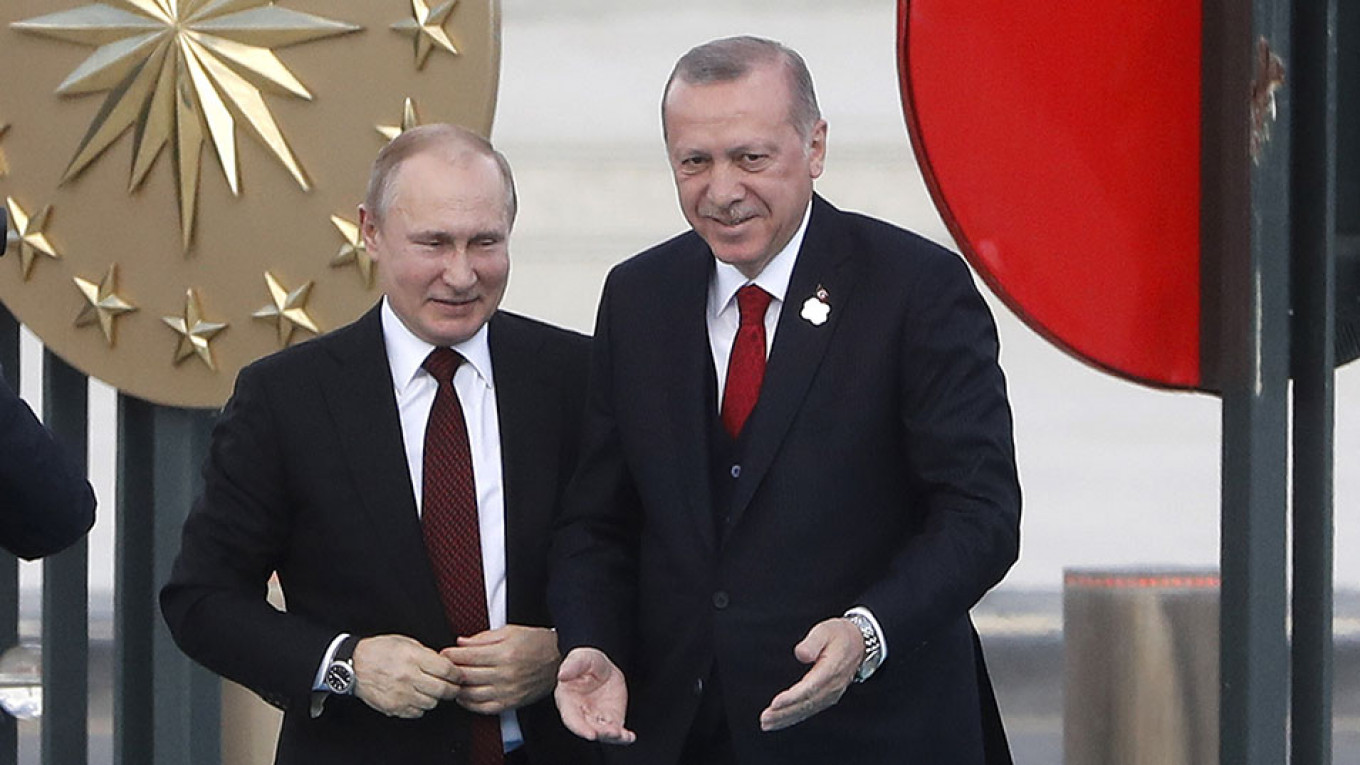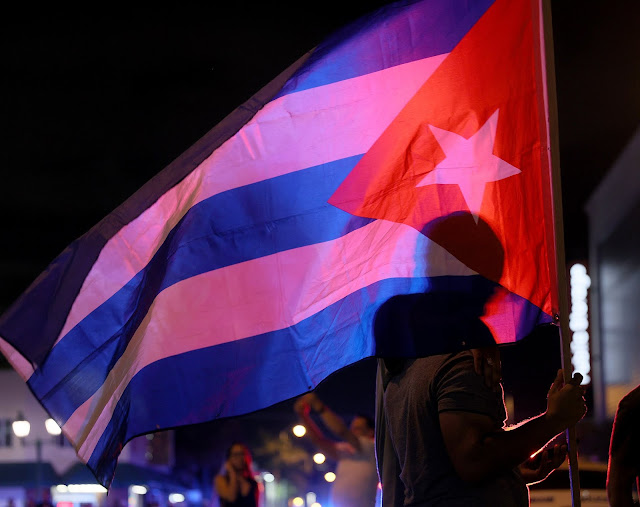Turkey acquisition of S-400 in comparison with the U.S. Systems THAAD and Patriot
Turkey was offered a much better cost the Patriot Systems, but the Turkish government and armed forces decided to stay with the S-400 Russian Systems.
First of all it's about political and geo-politico-strategical questions that involve NATO, U.S.A. and Israel after the trying Coup D'Etat and for the Geopolitical interference on Syrian War.
Than for the technical specifications about the S-400 systems.
Check out the movie below and take the conclusions.
“Now our goal is co-producing with Russia. We'll do this. We'll go even further”. - Erdogan
Informations directly from Wikipedia
S-400
The S-400 Triumph (Russian: C-400 Триумф, Triumph; NATO reporting name: SA-21 Growler), previously known as the S-300 PMU-3, is an anti-aircraft weapon system developed in the 1990s by Russia's Almaz Central Design Bureau as an upgrade of the S-300 family. It has been in service with the Russian Armed Forces since 2007. In 2017 the S-400 was described by The Economist as "one of the best air-defence systems currently made". According to Siemon Wezeman Senior Researcher of SIPRI the S-400 "is among the most advanced air defence systems available".
Morpheus defence system
A separate independent air defence system 42S6 Morfey (Morpheus) is being developed. This system is designated as short-range air defence system to protect the S-400 from various threats at their terminal phases, and will also act together with the S-350E as a supplement to the S-400. Together, these systems form part of the Aerospace Defence Forces.
Development of Morfey started in 2007 and was planned to be introduced in 2013, however was delayed until at least 2015. The missile system consists of omnidirectional 29YA6 radar, infrared sensors and 36 missiles. The missiles have up to 10 km range and an altitude of up to 3500 m.
Exterior target indication separate independent RLS "Niobium". Mobility 5 minutes. Frequency band S and UHF. Detection range of 600 km (RCS 1 square meter to 430 km), the target speed of 8000 km / h, 4791 miles, Mach 6.35. For detection, the owner of the state to transfer command of targeting items (in this application, the maximum speed grows from subordinates systems). Planner "nniirt".
PATRIOT
The MIM-104 Patriot is a surface-to-air missile (SAM) system, the primary of its kind used by the United States Army and several allied nations. It is manufactured by the U.S. defense contractor Raytheon and derives its name from the radar component of the weapon system. The AN/MPQ-53 at the heart of the system is known as the "Phased Array Tracking Radar to Intercept on Target" which is a backronym for PATRIOT. The Patriot System replaced the Nike Hercules system as the U.S. Army's primary High to Medium Air Defense (HIMAD) system, and replaced the MIM-23 Hawk system as the U.S. Army's medium tactical air defense system. In addition to these roles, Patriot has been given the function of the U.S. Army's anti-ballistic missile (ABM) system, which is now Patriot's primary mission. The system is expected to stay fielded until at least 2040.
Patriot uses an advanced aerial interceptor missile and high-performance radar systems. Patriot was developed at Redstone Arsenal in Huntsville, Alabama, which had previously developed the Safeguard ABM system and its component Spartan and hypersonic speed Sprint missiles. The symbol for Patriot is a drawing of a Revolutionary War-era Minuteman.
Patriot systems have been sold to the Netherlands, Poland, Germany, Egypt, Japan, Israel, Saudi Arabia, Kuwait, Republic of China (Taiwan), Greece, Spain, United Arab Emirates, Qatar and Romania. South Korea purchased several second-hand Patriot systems from Germany after North Korea test-launched ballistic missiles to the Sea of Japan and proceeded with underground nuclear testing in 2006. Jordan also purchased several second-hand Patriot systems from Germany. Poland hosts training rotations of a battery of U.S. Patriot launchers. This started in the town of Morąg in May 2010 but was later moved further from the Russian border to Toruń and Ustka due to Russian objections. On December 4, 2012, NATO authorized the deployment of Patriot missile launchers in Turkey to protect the country from missiles fired in the civil war in neighboring Syria. Patriot was one of the first tactical systems in the U.S. Department of Defense’s (DoD) to employ lethal autonomy in combat.
THAAD
Terminal High Altitude Area Defense (THAAD), formerly Theater High Altitude Area Defense, is an American anti-ballistic missile defense system designed to shoot down short-, medium-, and intermediate-range ballistic missiles in their terminal phase (descent or reentry) by intercepting with a hit-to-kill approach. THAAD was developed after the experience of Iraq's Scud missile attacks during the Gulf War in 1991. The THAAD interceptor carries no warhead, but relies on its kinetic energy of impact to destroy the incoming missile. A kinetic energy hit minimizes the risk of exploding conventional-warhead ballistic missiles, and the warhead of nuclear-tipped ballistic missiles will not detonate upon a kinetic-energy hit.
Originally a United States Army program, THAAD has come under the umbrella of the Missile Defense Agency. The Navy has a similar program, the sea-based Aegis Ballistic Missile Defense System, which also has a land component ("Aegis ashore"). THAAD was originally scheduled for deployment in 2012, but initial deployment took place in May 2008. THAAD has been deployed in Guam, the United Arab Emirates, Israel, Romania, and South Korea.
The vulnerability and lethality analyses of the THAAD have been conducted by the U.S. Army Research Laboratory (ARL). The vulnerability assessment for the THAAD featured an evaluation of the effects of major electromagnetic elements. This included EM interference, EM radiation operations, EM radiation hazards, EM pulse, electrostatic discharge, and lightning effects on components of the THAAD system.
The ARL assessments were designed to determine the THAAD system's growth potential given its tactical design as well as provide survivability analysis against threats such as conventional weapons, chemical weapons, and electronic warfare countermeasures. The data collected from the analyses were used to develop trajectory models for targets and missile as well as target trajectories using infrared scene generation of infrared countermeasures (IRCMs).
The THAAD system is being designed, built, and integrated by Lockheed Martin Missiles and Fire Control acting as prime contractor. Key subcontractors include Raytheon, Boeing, Aerojet Rocketdyne, Honeywell, BAE Systems, Oshkosh Defense, and MiltonCAT.
"The S-400s are the strongest defence system against those who want to attack our country”. - Erdogan


Comentários
Postar um comentário